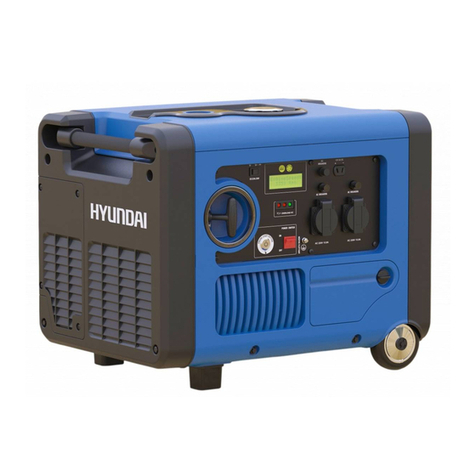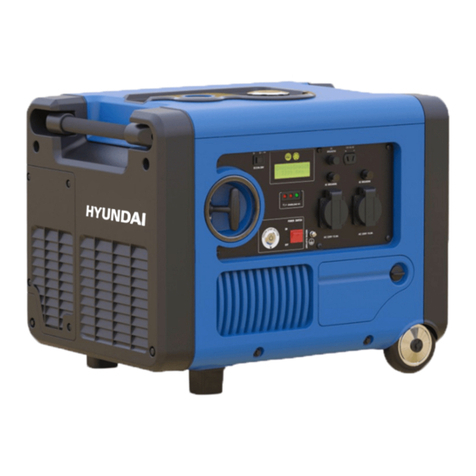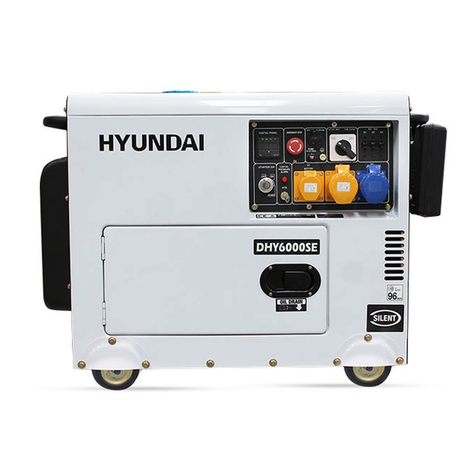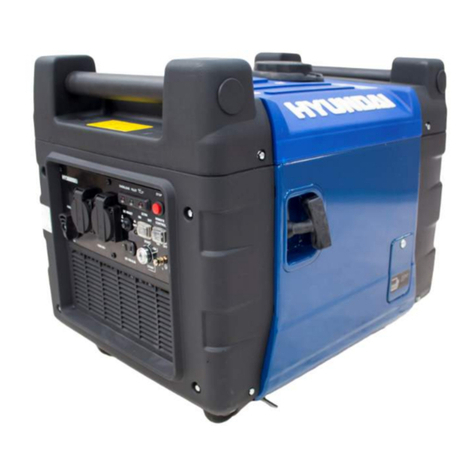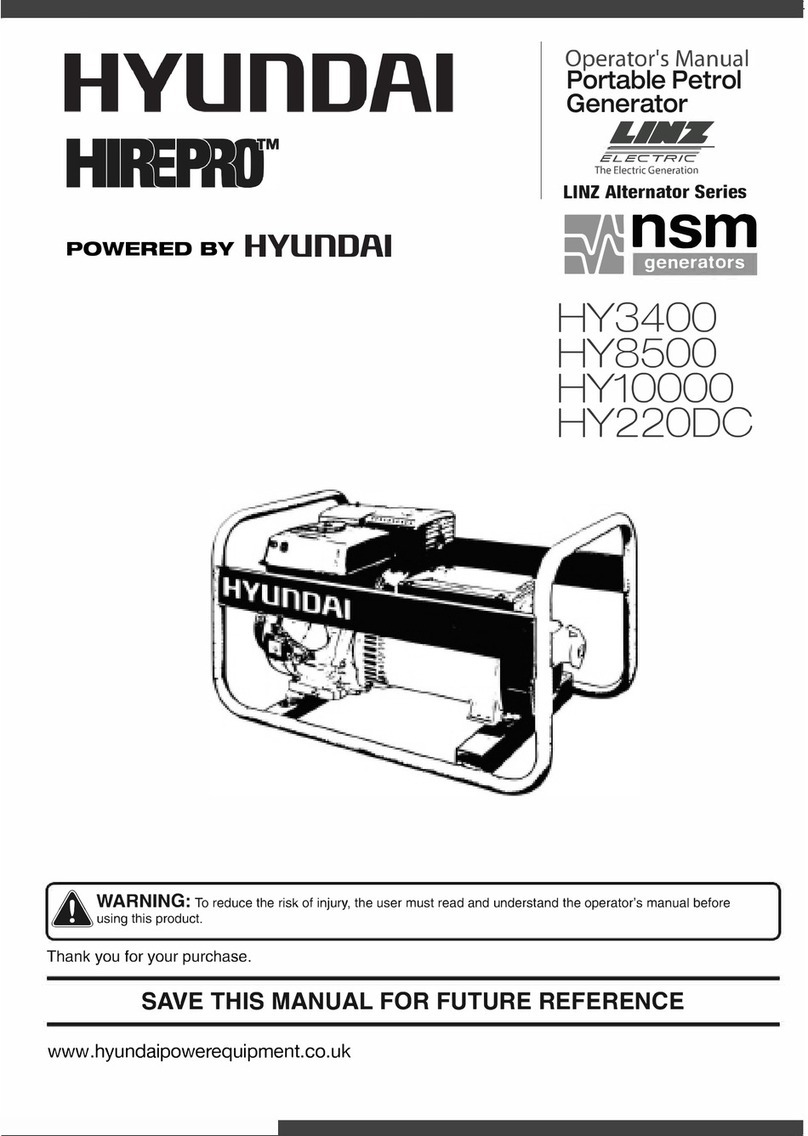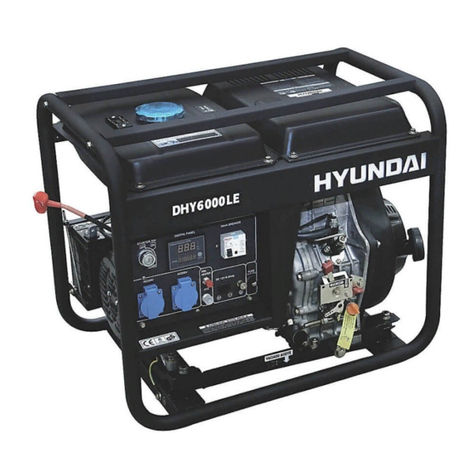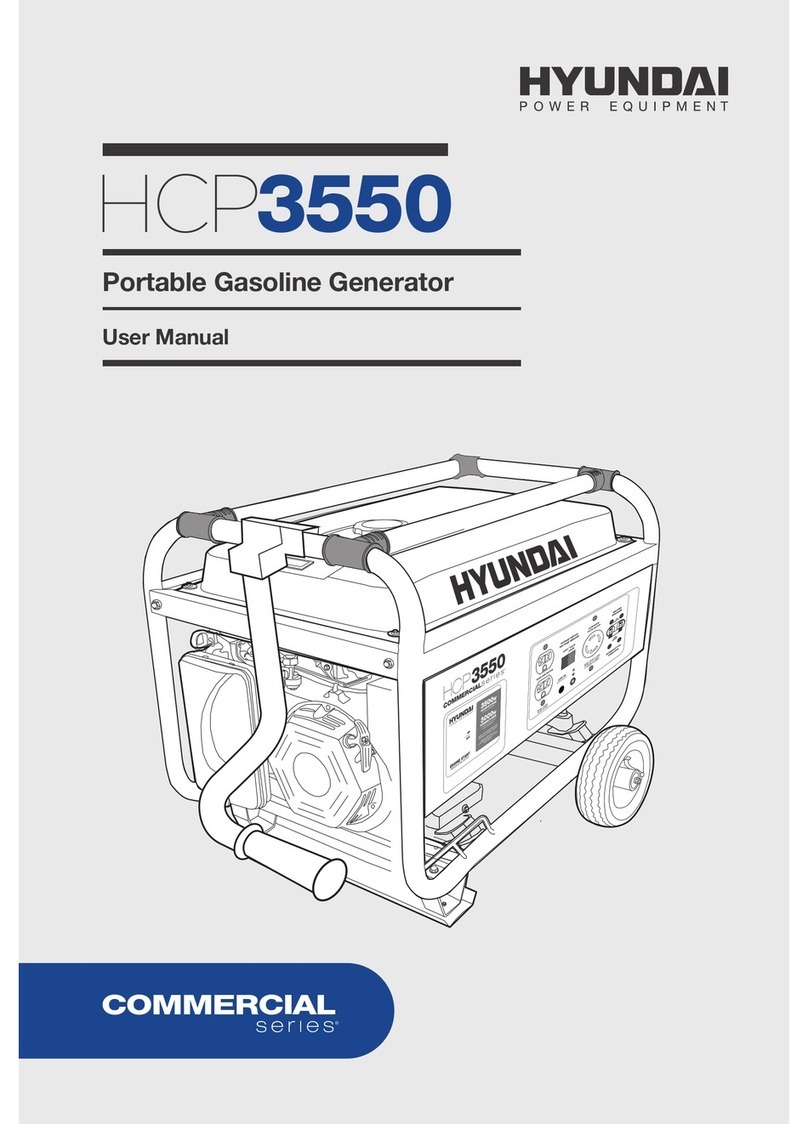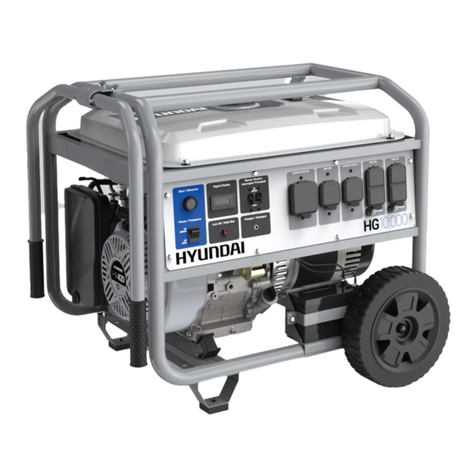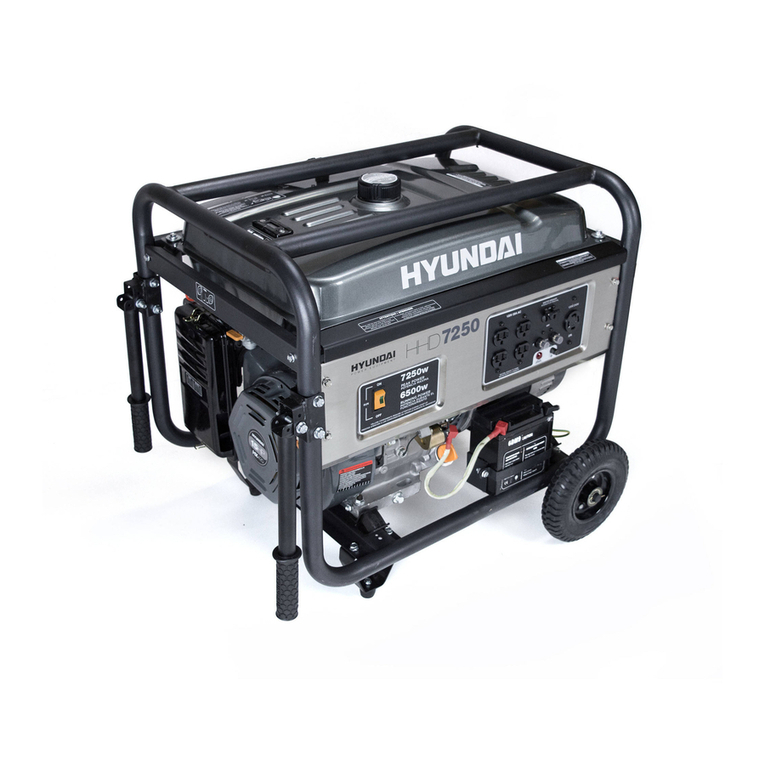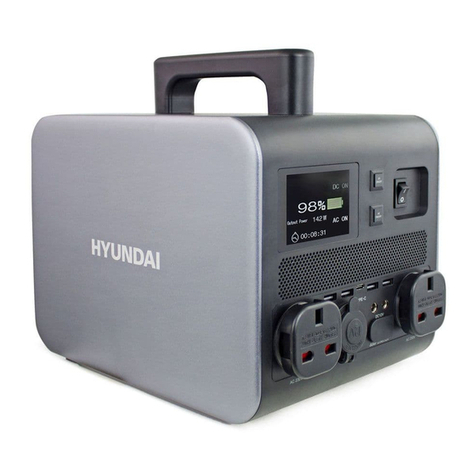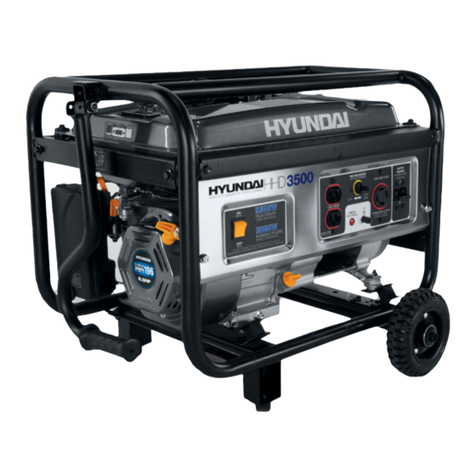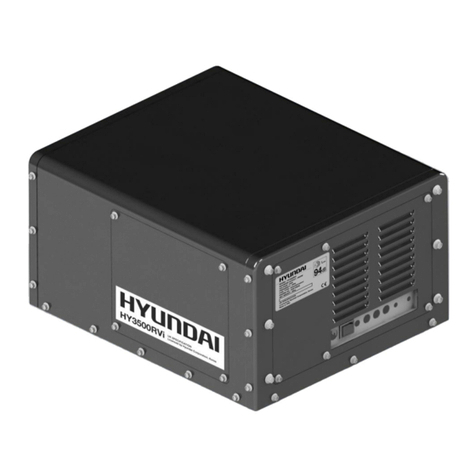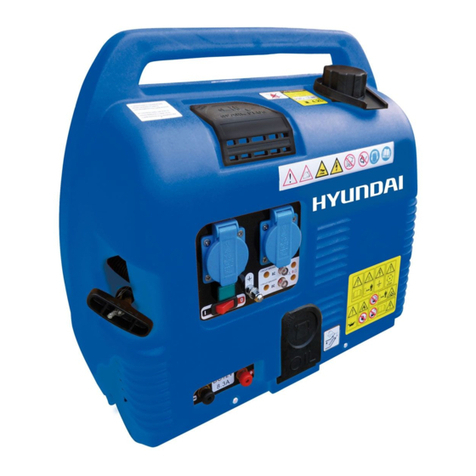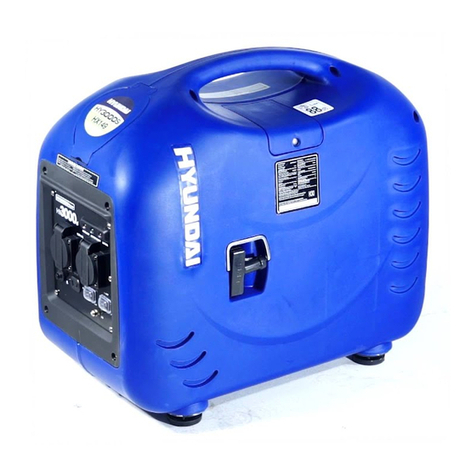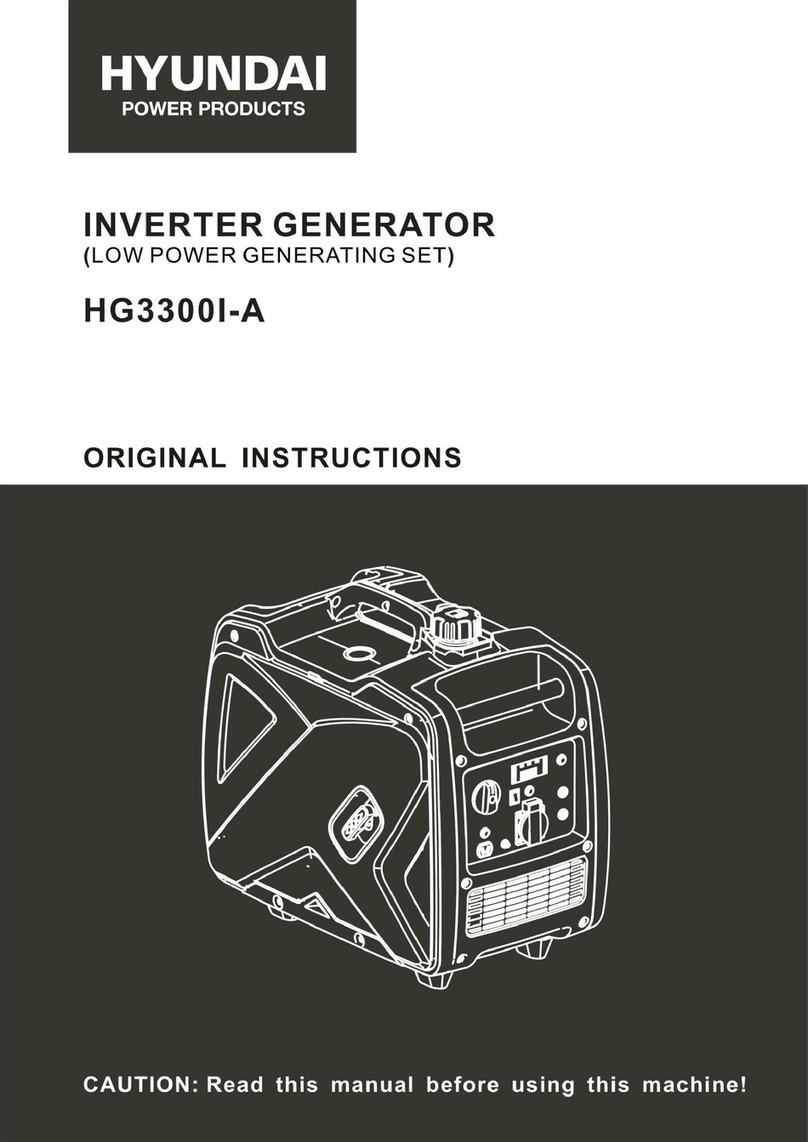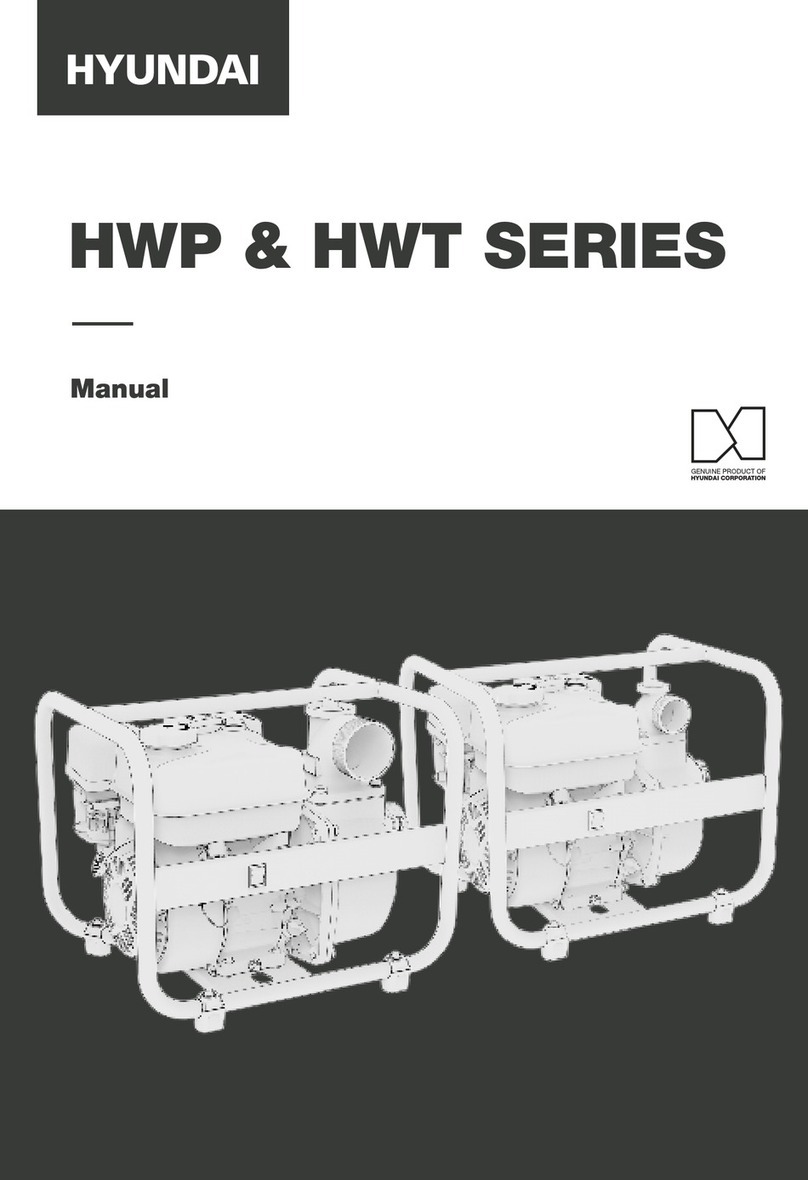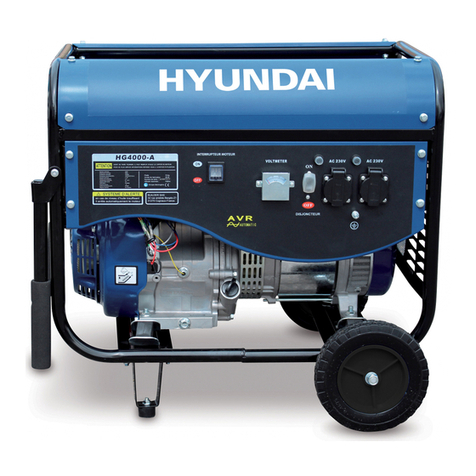
5
Do not overfill the tank with petrol to avoid spilling. If you notice a spill, it must be wiped
up completely with a dry cloth before starting the motor.
If you swallow fuel by mistake, if you inhale fuel vapours or if you get drops of fuel in
your eyes, see a doctor immediately. If a certain quantity of fuel is spilt on your skin or
clothing, wash or change your clothes.
Always stop the motor of the generator when filling it with fuel.
Never fill the fuel tank while smoking or near a naked flame.
Make sure you don’t spill fuel on the motor and the exhaust grille of the generator during
filling with fuel.
Keep the fuel in an appropriate recipient and sheltered from any sources of fire.
Carry out filling in a safe place, and slowly open the fuel cap to release the pressure
which has built up inside the tank. Wipe up any drops of petrol that have spilled before
starting the motor.
To prevent fire, move the generator at least 4 metres away from the area for filling with
fuel.
Make sure that the fuel cap is tightly closed before starting.
Do not keep petrol in the tank for a long time.
While using or transporting the generator, make sure you keep the generator upright,
otherwise the fuel may escape from the carburettor or the fuel tank.
ELECTRICAL SAFETY
Before each use ensure that the load to be connected does not exceed the power of the
current produced by the generator.
To avoid electric shock, you must follow the following instructions:
Do not touch the generator with wet hands.
Do not run the generator under rain or snow.
Do not run the generator near water.
Connect the generator to earth. Use a sufficiently thick conductor for the earth wire.
Do not operate the generator in parallel with another generator.
If using electrical extensions, make sure that they are sufficiently thick to transport the
current and that they are used correctly.
The connection of a generator used for auxiliary power to the electrical installation
of a building must be performed by a qualified electrician, and in conformity to the
provisions of the applicable laws and norms in the field of electricity. Incorrect
connections will cause leakage of the current from the generator into the lines of the
public electricity company. Such leakage could electrocute the workers of the public
electricity company working on the network or other persons in contact with the line
during a power cut. Also, when the public power supply is re-established, the generator
can explode, catch fire or generate fires in the building’s electrical installation.
Before connecting electrical devices to the generator, make sure that their
voltage specifications and frequency of functioning correspond to the technical
characteristics of the generator. There may be damage if the device connected is not
designed to function with a voltage tolerance of +/- 10% or a frequency tolerance of +/-
3 % compared with those of the generator.
PROTECTION OF THE ENVIRONMENT
You must periodically check the silencer (Before doing this, switch off the generator and
let it cool completely). A damaged silencer increases noise.
Do not throw motor oil into the drains but deposit it at a collection point set up for that
purpose.
